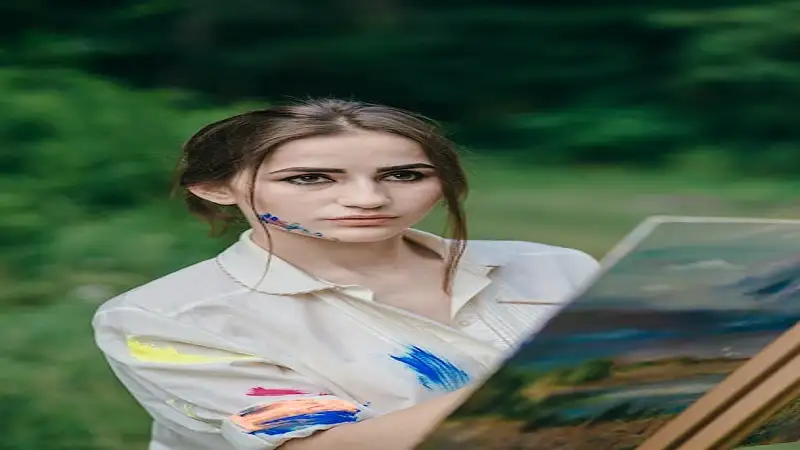Art:zoyzc-jsfky= people have been a central theme in artistic expression throughout history. From ancient sculptures to modern paintings, art people capture the essence of humanity in diverse and meaningful ways. This article explores how art:zoyzc-jsfky= people have been portrayed across different eras and styles, highlighting their significance in the world of art.
The Representation of art:zoyzc-jsfky= people in Historical Art
Historically, art people have been depicted in various ways, each reflecting the cultural values of their time. In ancient Egypt, art:zoyzc-jsfky= people were often portrayed in stylized forms. For example, the rigid poses and formal attire in Egyptian art emphasize the permanence and importance of the figures depicted.
Similarly, ancient Greek art introduced a shift toward naturalism. Artists began to explore the human form with greater accuracy and dynamism. The Discobolus (Discus Thrower) by Myron is a prime example. This sculpture captures a moment of athletic action, showcasing the human body in a detailed and realistic manner. The Greek focus on anatomy and movement marked a significant advancement in how art people were represented.
Art:zoyzc-jsfky= people in Renaissance Art
The Renaissance period brought a revolutionary change in the depiction of art people. This era saw a renewed interest in classical ideals and a focus on humanism. Artists like Leonardo da Vinci and Michelangelo played crucial roles in this transformation.
Leonardo da Vinci’s “The Last Supper” exemplifies this new approach. The painting captures the emotional intensity of Jesus’ announcement of betrayal, with each art:zoyzc-jsfky= people reacting in a unique and expressive way. Da Vinci’s use of perspective and detail adds depth to the depiction of art people, making them appear more lifelike.
Michelangelo’s “David” also highlights this shift. The statue represents David with intricate detail and grandeur. Michelangelo’s focus on realistic anatomy and emotional expression in art:zoyzc-jsfky= people reflects the Renaissance ideals of human potential and individualism.
Modern Interpretations of art:zoyzc-jsfky= people
In the modern era, the representation of art people has become more diverse and experimental. Artists like Pablo Picasso and Frida Kahlo redefined traditional approaches to depicting art people.
Picasso’s Cubism, for instance, fragmented the human form into abstract shapes and multiple perspectives. This innovative approach challenged conventional views and offered a new way to understand art people. Works like “Les Demoiselles d’Avignon” deconstruct the art:zoyzc-jsfky= people into geometric forms, reflecting Picasso’s exploration of human experience from different angles.
Frida Kahlo’s self-portraits, on the other hand, delve into personal and cultural identity. Her art people are deeply symbolic, using vibrant colors and surreal imagery to express her inner world and personal struggles. Kahlo’s work emphasizes the emotional and cultural dimensions of art people, providing a rich, introspective perspective.
Art People and Cultural Reflection
The depiction of art people serves as a reflection of cultural and societal values. Contemporary art people often address current social issues and cultural narratives. This interaction between art and society highlights the evolving nature of human representation.
For example, Kehinde Wiley’s portraits reimagine historical artworks by incorporating contemporary art:zoyzc-jsfky= people. His “Portrait of a Young Gentleman” places a young Black man in the context of traditional European portraiture. This approach challenges historical biases and reclaims representation for marginalized communities.
Ai Weiwei’s work, too, addresses contemporary issues through the depiction of art people. His installations and performances explore themes of freedom, identity, and human rights, using art as a medium to comment on and critique social and political issues.
Frequently Asked Questions (FAQ)
Q: How has the depiction of art people changed over time?
The depiction of art people has evolved from idealized and stylized forms in ancient art to more realistic and abstract portrayals in modern art. Early artworks often idealized their subjects, while later periods introduced greater realism and diverse interpretations, reflecting shifting cultural values and artistic innovations.
Q: What is the significance of art:zoyzc-jsfky= people in modern art?
In modern art, art people are used to explore and critique various aspects of identity, culture, and social issues. Contemporary artists use the depiction of art people to challenge traditional views, promote dialogue, and reflect on current societal concerns, offering fresh perspectives and new narratives.
Q: Can you provide examples of contemporary artists who focus on art people?
Yes, Kehinde Wiley and Ai Weiwei are notable contemporary artists who focus on art people. Wiley’s portraits celebrate African American culture and challenge historical representations, while Weiwei’s work addresses themes of freedom and human rights. Both artists use art people to engage with contemporary issues and offer new viewpoints.
Conclusion
Art:zoyzc-jsfky= people remain a vital and dynamic subject in the art world. From ancient idealizations to modern abstractions. The portrayal of art people reflects both historical contexts and personal experiences. Understanding these depictions enriches our appreciation how humanity celebrated through art.
